You know the Baltimore Orioles—but what about the original Orioles?
Long before the birds took flight in the American League, the National League had its own powerhouse team in Baltimore, one that changed the way baseball was played.
This week, I sit down with authors and historians Tom Delise and Jay Seaborg to talk about the 1890s Orioles, the wild tactics of “Foxy” Ned Hanlon, and why this team left a permanent mark on the game—despite being erased from the league.
Grab a copy of Tom and Jay’s book to get even more insights!
A Summary of Our Discussion
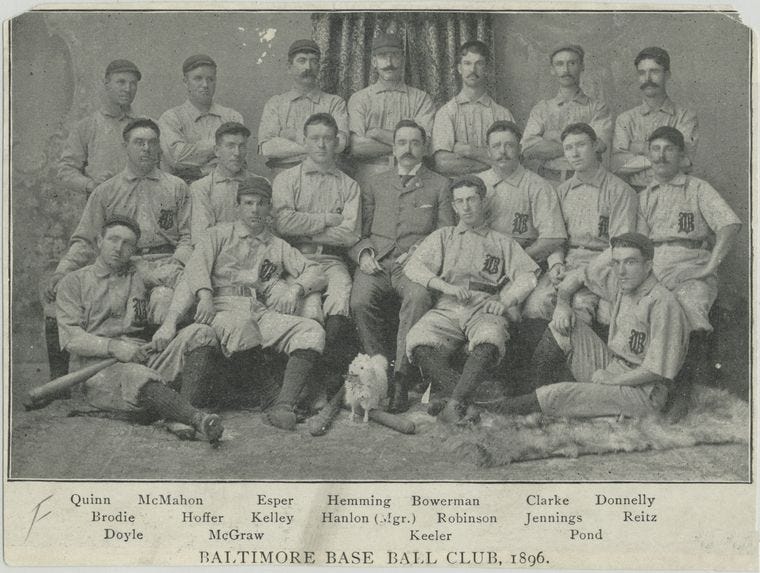
Q: What is the origin story of the NL Baltimore Orioles?
Tom and Jay discussed how the club initially joined the American Association in 1882, known as the "Beer and Whiskey League" for its relaxed rules on alcohol sales and Sunday games.
The team struggled until Ned Hanlon took over as manager in 1892, significantly improving their performance and ultimately leading them to multiple pennants in the National League.
Hanlon’s success was attributed to his organizational skills and innovative, aggressive playing style, which heavily featured stolen bases and small-ball tactics. His coaching influenced many subsequent managers, establishing a lasting legacy.
Q: Where were some of the stadiums/fields the Orioles played?
Jay and Tom outlined how the Orioles played in several locations, known as Oriole Park 1 through 5, primarily Union Park from 1891 onward.
Their uniforms featured a prominent "B," often in block or old English lettering, typically in white and gray but also black with orange accents. For a brief period, Spalding produced uniforms with position-specific designs.
Q: Who were notable players/managers to wear the Orioles uniform?
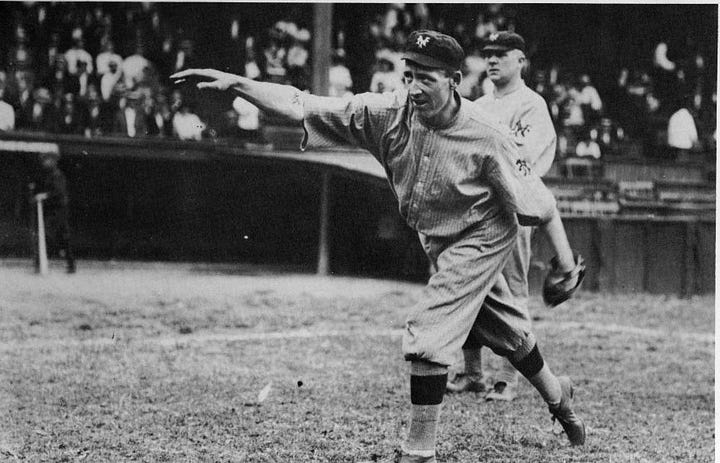
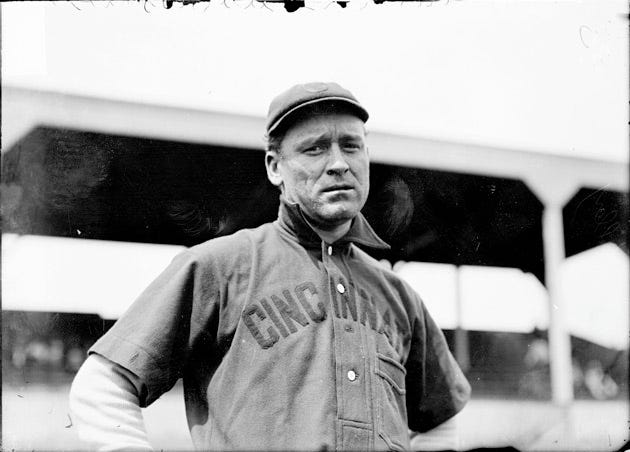
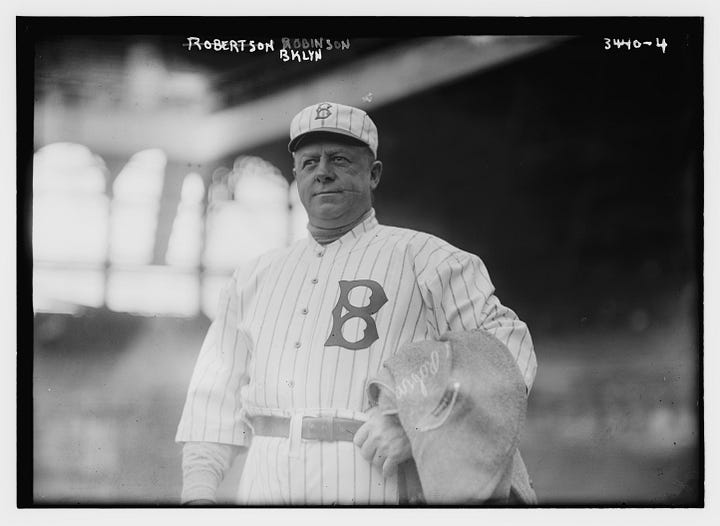

Several Hall of Famers played for the Orioles, including:
Wilbert Robinson (a steady player and stabilizing influence), John McGraw (a fiery player and later manager)
Willie Keeler (known for his hitting strategy and "hit 'em where they ain't" quote),
Dan Brouthers (a powerful hitter)
Hughie Jennings (a great defensive shortstop and later manager)
William “Kid” Gleason (pitcher who played for both pennant-winning years and later expelled from baseball as manager of the 1919 “Black Sox” club)
The team as a franchise were known for their player chemistry and strong camaraderie.
Q: What were some of the high/low points in the franchise’s short history?

Jay and Tom shared how, at their onset, the Orioles of the American Association were a pretty woeful team throughout most of their history. During that time they finished no higher than 3rd in the league (once), finished in the second division seven times, and finished last four times.
They never finished closer than 11.5 games behind the league leaders. Their worst overall season was probably their first year when they finished last with a 19-52 record. But they also finished last in four of their first five seasons in the AA.
The highwater mark of the franchise, however, was during their time in the NL between 1894 – 1898.
During that time they:
Won three consecutive pennants (1894-1896) and finished in second place behind the Beaneaters he other two years.
Had a 452 – 214 record (.679 winning %).
During the four years that the Temple Cup Series (1894-1897) was played, they were in the Series all four years and won it twice). (The Temple Cup Series was a postseason series where the pennant winner played the second-place team in a best-of-seven series)
The club’s single season for the Orioles was in 1896 when they were 90 – 39 (.698), finished ahead of second place Cleveland by six games, and swept Cleveland in the Temple Cup Series.
Q: What led to the demise of the NL version of the Orioles?
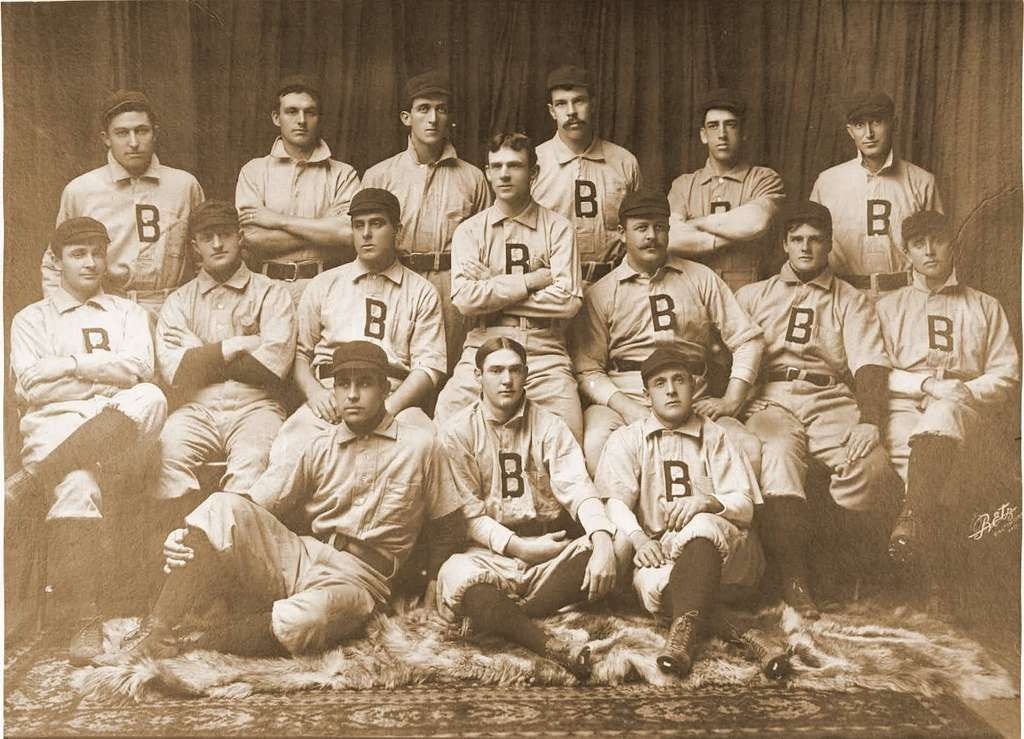
The team's decline was attributed to declining attendance in Baltimore and "syndication," where team owners had interests in multiple clubs.
Ned Hanlon's move to manage the Brooklyn team, taking several key players with him, further weakened the Orioles.
The National League ultimately contracted the team at the end of the 1899 season.
Q: What is the enduring legacy of this original Orioles club?
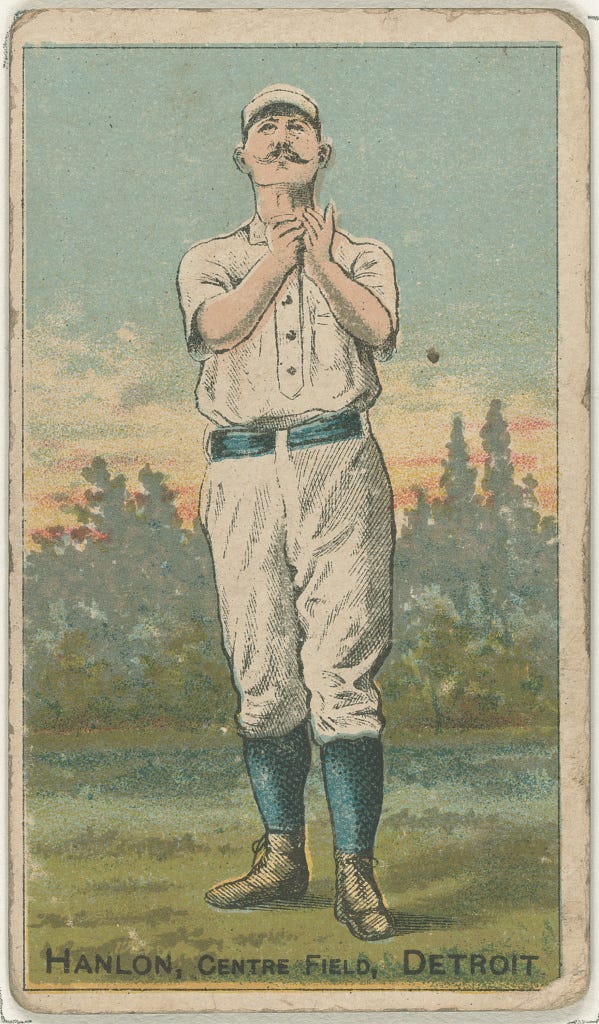
Jay and Tom both strongly felt the club took a revolutionary approach to baseball under Ned Hanlon’s leadership, influencing future strategies and management styles.
Their roster of Hall of Famers and unique team dynamics created a lasting legacy in baseball history.
While there’s a connection between the National League Orioles and the New York Yankees through John McGraw and players he took with him, Major League Baseball does not officially recognize a direct lineage.
Contact Tom and Jay With Your Questions About the NL Baltimore Orioles!
Jay Seaborg’s email: jayseaborg@hotmail.com
Tom Delise’s email: thomasdelise@yahoo.com
Grab a copy of Tom and Jay’s book to get even more insights!


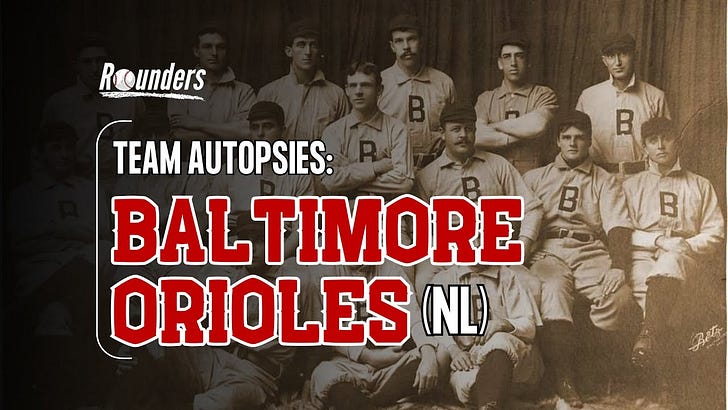



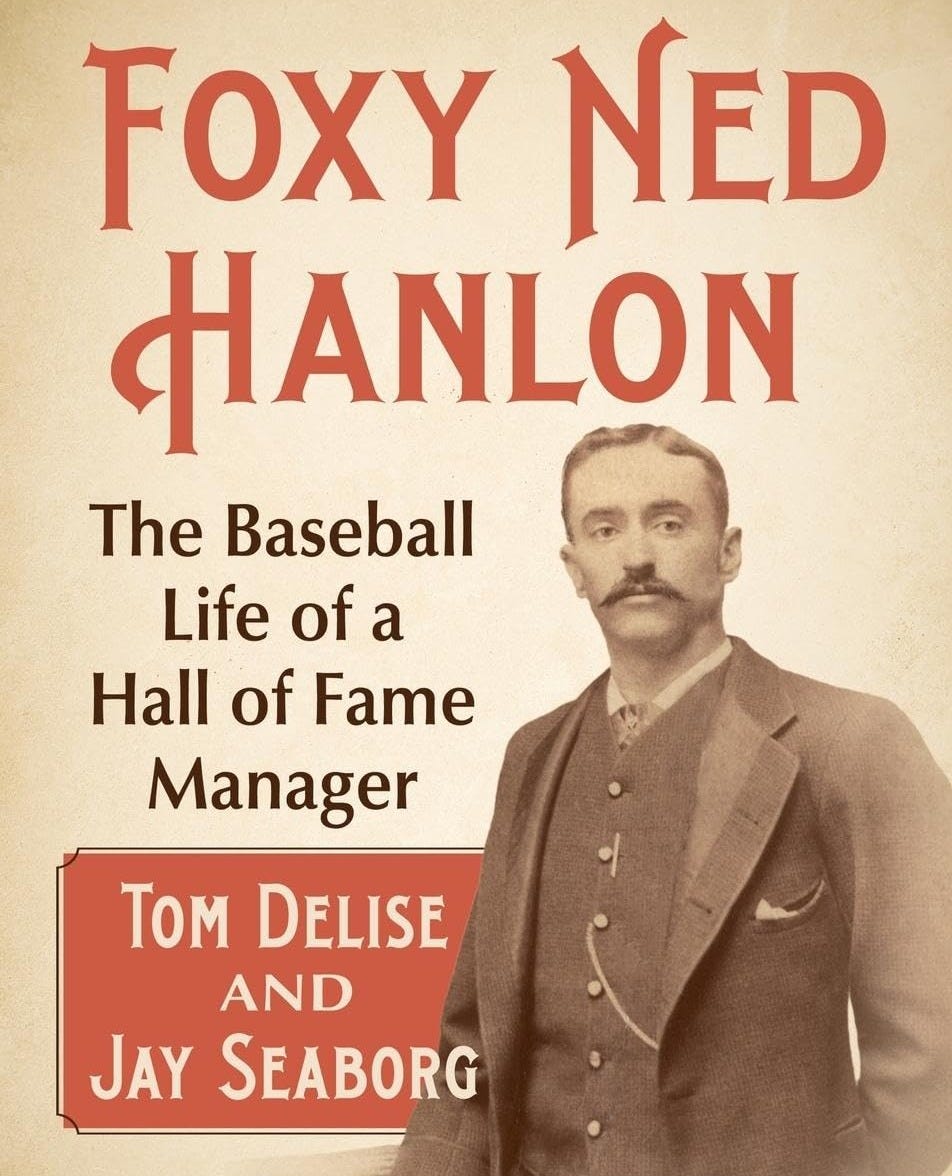
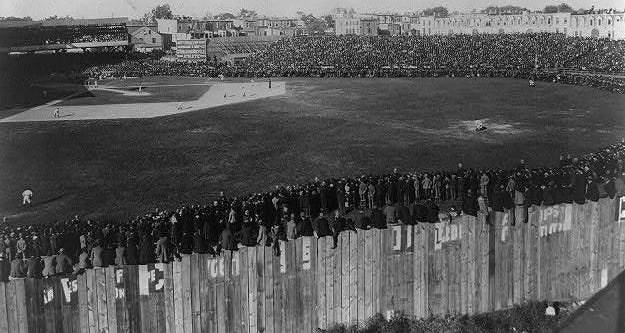
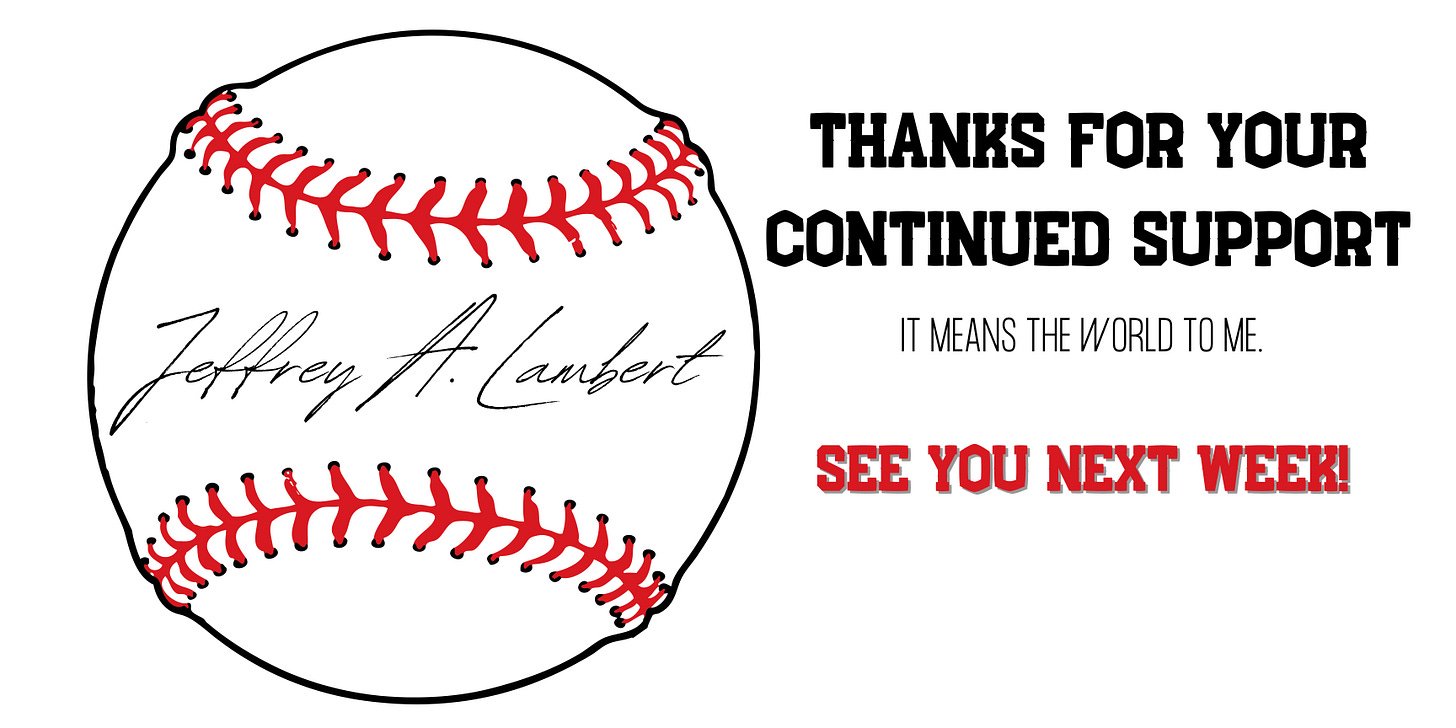



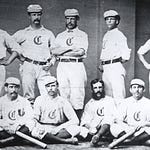

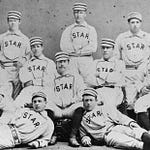

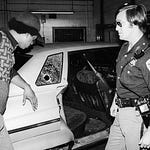


Share this post